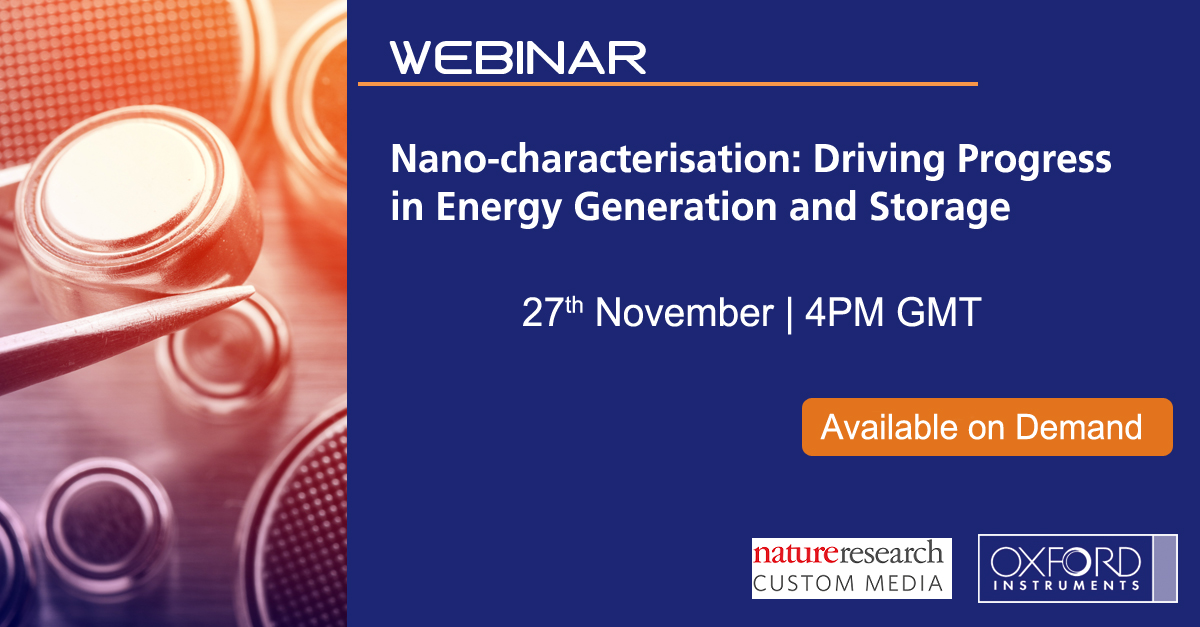Identifying contaminants in Li-Ion battery production using AZtecFeature
Lithium Ion batteries are found in most mobile electronic devices (e.g. laptop computers, phones etc). They are the dominant battery technology due to their superior energy to weight ratio and lack of memory effect. They are also the primary battery type used in the latest generation of electric and hybrid cars.






 公安机关备案号31010402003473
公安机关备案号31010402003473